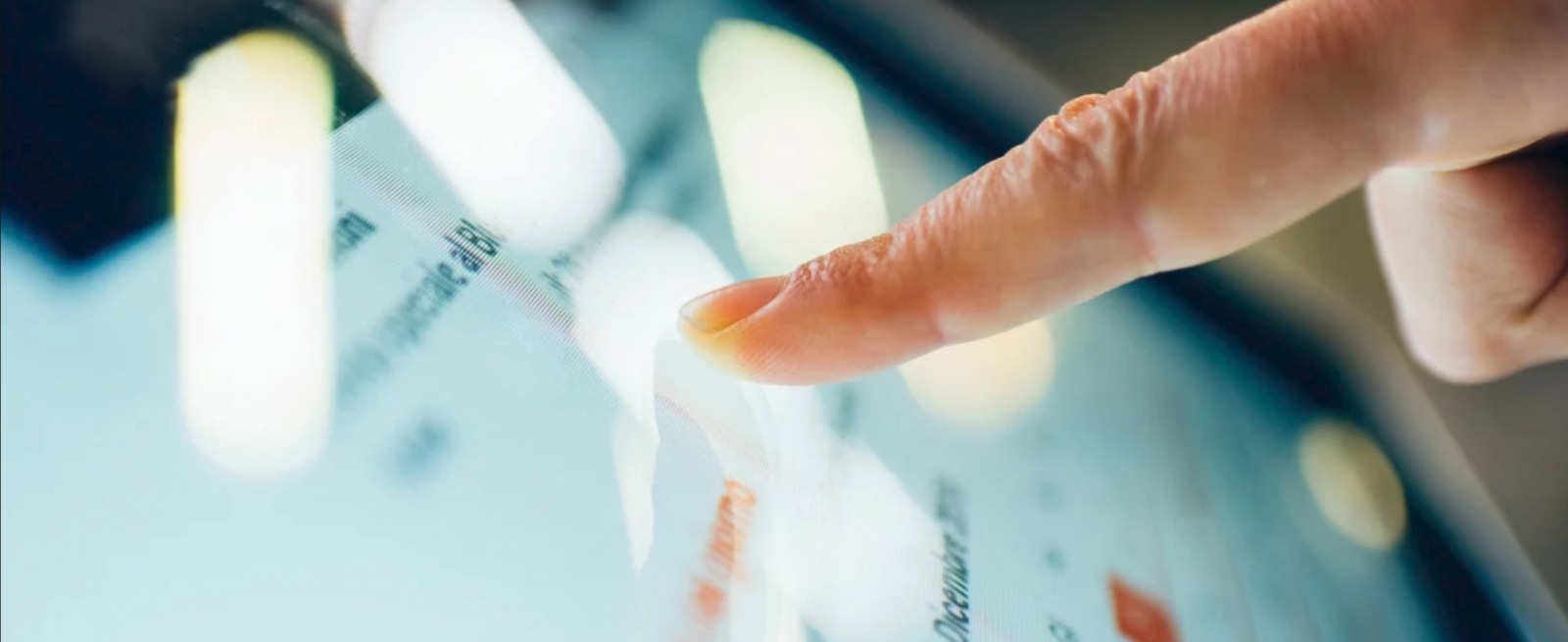Touchscreen Technology and Your Restaurant
2 Min Read By Melanie Bradley
Restaurant touchscreen technology is easy to maintain and makes sense to deploy and implement within your hardware portfolio.
Touchscreens are increasingly common in our culture today, and have skyrocketed in popularity in industries worldwide. Everywhere we turn, we as consumers and business owners are using them on a daily basis. Our cell phones, computers, tablets, TV’s and even cars now depend on touchscreen technology to function properly. Touchscreen technology is easy to maintain, and when it comes to the restaurant industry, it only makes sense to deploy and implement it into your hardware portfolio.
Before determining which type of touch screen monitor is right for your business, you must first think of the following factors:
- How will your customers interact with the technology?
- How harsh is your restaurant environment? Does this touchscreen need to be spill, grease and waterproof?
- What type of accessories do your employees use/wear while using the technology? Stylus? Gloves? Their finger?
- Do your employees need to utilize the “zoom in” feature during their work day?
It’s time to weigh the pros and cons of the two most popular types of touchscreen technology:
Projected Capacitive
Projected Capacitive (PCAP) touch technology is most commonly used in smart phones and tablets, but is quickly becoming a favored option for larger touch screen options and terminals. Projected capacitive sensors are made up of three major components; the sensor glass, the cover glass, and a flexible printed circuit to the controller.
How it works
The cover glass is bonded with an optical clear adhesive on top of the sensor glass. When your finger touches the surface of the cover glass it stimulates a small charge, and the technology can determine the exact location of your touch, causing the results are extremely precise.
Advantages of PCAP Touchscreen:
- Offers multi-touch capabilities, and the “pinch to zoom” feature
- Has protective shielding and longer life usage
- Supports drag and drop/various gesture movements
- Boasts strong touch accuracy
- Superior image quality
- A more clean, modern, contemporary look and feel
- More aesthetically pleasing
- Contains a camera
Disadvantages of PCAP Touchscreen:
- Must be activated via exposed finger, or thin surgical or cotton gloves
- Does not work if the user is wearing thicker gloves
- More expensive than resistive screens
Wire Resistive
A resistive touchscreen panel comprises several layers, the most important of which are two thin, transparent electrically-resistive layers separated by a thin space. These layers face each other with a thin gap between. The top screen (the screen that is touched) has a coating on the underside surface of the screen.
How it works
When an object, such as a fingertip or stylus tip, presses down onto the outer surface, the two layers touch to become connected at that point. Resistive touch is used in restaurants, factories and hospitals due to its high resistance to liquids and contaminants.
Advantages of Resistive Touchscreen
- Low production cost
- High resistance to dust and water
- Best used with a finger, gloved hand or stylus
- Best suited for handwriting recognition
Disadvantages of Resistive Touchscreen
- Not very sensitive, you have to press down harder
- Poor contrast due to additional reflections from extra layers of material placed over the screen
- Does not support multi-touch: user cannot “pinch to zoom”
- Does not have a clean, or modern look/feel
- Vulnerable to damage from scratching, poking and sharp objects
Before investing in new hardware, consider which type of touchscreen technology makes the most sense for your restaurant environment and staff.


